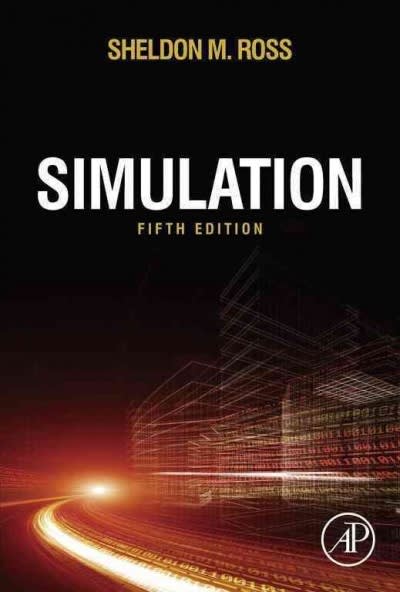Question
Read the provided article, and then answer the questions https://www.jcrsmed.org/article.asp?issn=2455-3069;year=2016;volume=2;issue=2;spage=73;epage=79;aulast=Dwivedi 1. Which applications are appropriate for survival analysis? Check all that apply. Group of answer
Read the provided article, and then answer the questions
https://www.jcrsmed.org/article.asp?issn=2455-3069;year=2016;volume=2;issue=2;spage=73;epage=79;aulast=Dwivedi
1. Which applications are appropriate for survival analysis? Check all that apply.
Group of answer choices
A. Using time in either the explanatory or dependent variables.
B. Determining the odds of contracting a disease from an exposure
C. Trying to determine the effect of Brilinta on extending the expected life-span of heart attack survivors
D. Ascertaining the impact of demographic profiles on the health status of a population.
E. Estimating the duration of remission for a chronic condition given a treatment plan.
2. Survival Analysis is often used to make comparisons, as with cases and controls.
True or False
3. Which of the following events can lead to biased analyses? Choose the single best option.
Group of answer choices
A. All of the above.
B. The data are censored.
C. Patients leave the study because they find the conditions burdensome.
D. None of the above.
E. One or more subjects die of causes other than the one being studied.
F. The event of interest, such as death, does not occur during the study period
4. What types of items can be censored in a Survival Analysis study?
Group of answer choices
A. The total number of outcome cases.
B. Subjects never experiencing the studied phenomenon (or event) by the end of the study.
C. The period of length for a study.
D. The end date of a study.
E. All of the above.
5. The survival function, S(t), provides the survival probabilities for different values of time, t. Which of the following items are characteristics of the survival function?
Group of answer choices
A. All of the above.
B. The probability of survival approaches but never hits 0%.
C. S(t) monotonically decreases as time, t, increases.
D. None of the above.
E. The probability of survival at time = 0 is 100%.
6. What is the age-specific failure rate?
Group of answer choices
A. The life expectancy in an interval of time.
B. None of the above.
C. The probability density function.
D. The cumulative failure rate.
E. The probability of an individual falling in a short interval per unit of time.
7. How many analytical approaches are there to estimate survival time for underlying observed data?
Group of answer choices
A. 2
B. 4
C. None of the above
D. 3
E. 1
8. What are the advantages of using a nonparametric approach over a parametric approach when conducing a survival analysis?
Group of answer choices
A. All of the above.
B. None of the above.
C. The hazard function is able to be specified.
D. The nonparametric approach can be used to compare the survival rates of two or more groups of subjects.
E. When the parametric methods require assumptions that cannot be met.
F. The estimation is better and the estimated survival curve is smoother.
9. What is the most often used nonparametric method used?
Group of answer choices
A. Kaplan-Meier Analysis.
B. Logan-Hickson Approach.
C. Cox Proportional Hazard Model.
D. Structural Equation Model.
E. None of the above.
10. Survival analysis is only applicable to human and animal health studies.
Group of answer choices
True
or
False
Step by Step Solution
There are 3 Steps involved in it
Step: 1

Get Instant Access to Expert-Tailored Solutions
See step-by-step solutions with expert insights and AI powered tools for academic success
Step: 2

Step: 3

Ace Your Homework with AI
Get the answers you need in no time with our AI-driven, step-by-step assistance
Get Started


